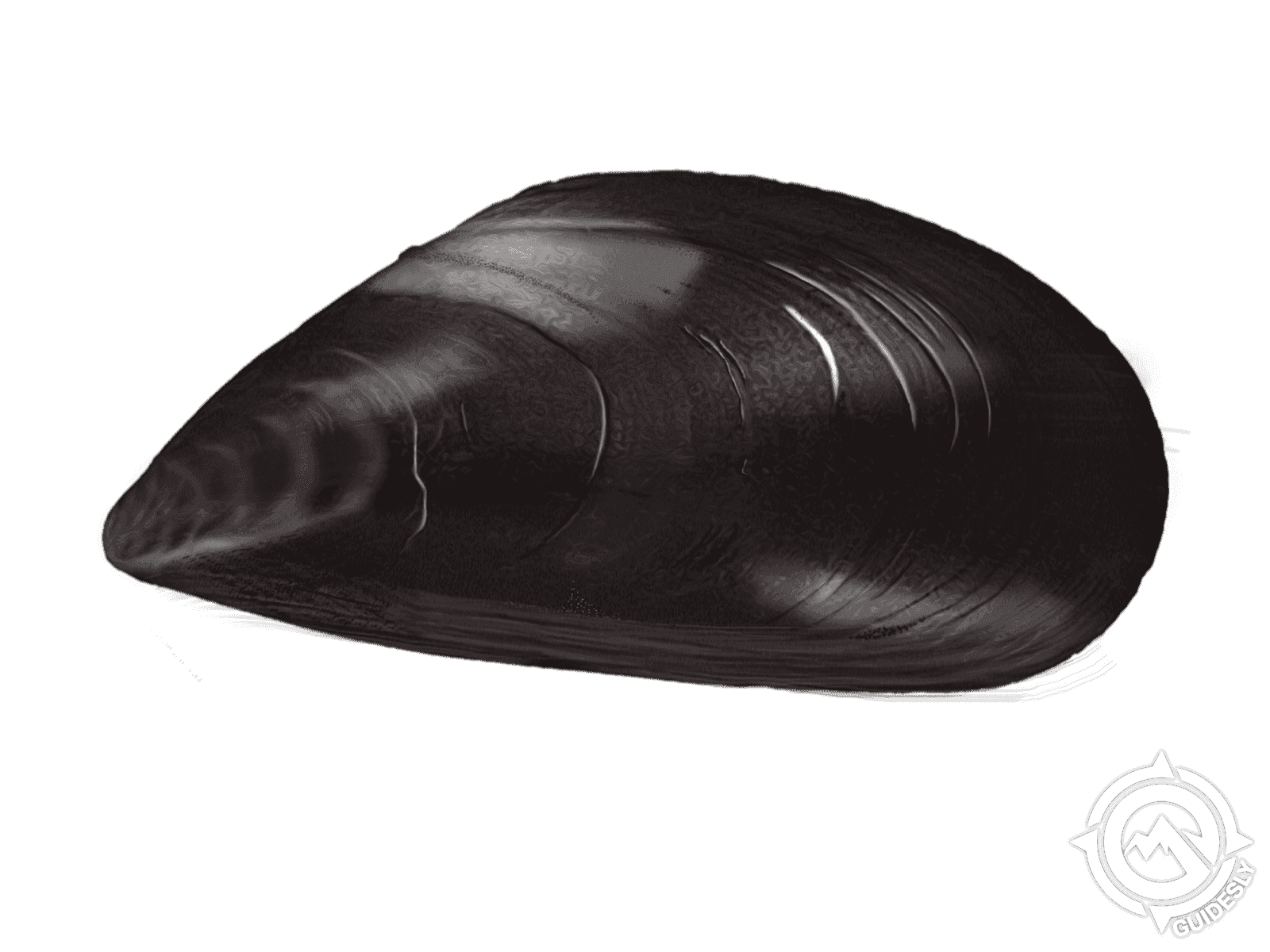Pacific Blue Mussel

Species Details
Mytilus trossulus
Mytilidae
Mytilida
Rocky shorelines, reefs, pilings, and man-made structure
0 - 1 lbs.
3" - 4"
Where do Pacific Blue Mussels Thrive?
Pacific Blue Mussels are saltwater shellfish found along the North Pacific coasts. They thrive in rocky intertidal zones, attaching to surfaces with strong byssal threads. Known for their rich flavor and nutritional value, they play an important ecological role as filter feeders in marine ecosystems.
Pacific Blue Mussel: A Vital Shellfish of the North Pacific Coast
The Pacific Blue Mussel (Mytilus trossulus) is a well-known bivalve mollusk native to the temperate coastal waters of the North Pacific Ocean. Valued both ecologically and culinarily, these mussels play an important role in marine ecosystems while also being a popular seafood choice in coastal communities.
Where to Find Pacific Blue Mussels
Pacific Blue Mussels are found primarily along the coasts of North America and parts of Northeast Asia, including:
West coast of the United States (Alaska, Washington, Oregon, California)
Coastal regions of British Columbia, Canada
Coastal areas of Russia and Japan
They commonly inhabit rocky shorelines, pilings, docks, and estuaries where they attach firmly using byssal threads. Mussel beds are often visible during low tide in the intertidal zone.
Habitat
Pacific Blue Mussels thrive in cool, nutrient-rich saltwater environments. Their preferred habitat includes:
Intertidal and shallow subtidal zones
Hard substrates like rocks, reefs, and man-made structures
Areas with strong tidal currents or wave action which provide steady food supply
Salinities typically ranging from normal marine levels to slightly brackish water
This habitat ensures ample phytoplankton for filter feeding and protects them from predators and extreme environmental changes.
Life Cycle
The life cycle of the Pacific Blue Mussel includes several stages:
Spawning: Occurs in spring and summer when adults release eggs and sperm into the water.
Larval Stage: Fertilized eggs develop into free-swimming larvae that drift with currents for several weeks.
Settlement: Larvae settle on hard surfaces and metamorphose into juvenile mussels called spat.
Juvenile Growth: Spat grow by filtering plankton and attaching firmly with byssal threads.
Adult Stage: Mussels mature over 1-2 years and can live up to 12 years in the wild.
Ecological Role
Pacific Blue Mussels serve multiple key functions in their ecosystems:
Water filtration: Each mussel filters liters of seawater daily, improving water clarity and quality.
Habitat formation: Mussel beds create complex structures that provide shelter and breeding grounds for many marine species.
Nutrient cycling: Mussels contribute to nutrient recycling by consuming plankton and excreting organic matter.
Food source: They are prey for birds, sea stars, crabs, and humans.
Regulations and Sustainability
Because Pacific Blue Mussels are important both ecologically and economically, they are regulated by various local and federal agencies to ensure sustainable harvesting:
Harvest limits and seasons: Protect populations from overharvesting.
Size restrictions: Ensure juveniles can mature before being collected.
Water quality standards: Protect consumers from contamination, especially in shellfish-growing areas.
Recreational and commercial harvesters must follow guidelines set by agencies like the NOAA in the U.S. and provincial authorities in Canada.
Quality for Eating
Pacific Blue Mussels are prized for their:
Sweet, briny flavor that reflects their clean ocean habitat.
Tender yet firm texture that holds up well to various cooking methods.
Nutritional value, rich in protein, omega-3 fatty acids, vitamins (B12), and minerals like iron and zinc.
They are typically harvested fresh and must be handled carefully to preserve quality.
Culinary Uses
Pacific Blue Mussels are versatile and popular in many cuisines:
Steamed mussels with garlic, white wine, and herbs are classic dishes.
Added to seafood stews, chowders, and paellas for rich flavor.
Grilled or baked with toppings like breadcrumbs and cheese.
Served cold in salads or with vinaigrettes as appetizers.
Processed into canned or frozen products for longer shelf life.
Their mild flavor pairs well with citrus, butter, garlic, and fresh herbs.
Conclusion
The Pacific Blue Mussel is a fascinating species that supports marine ecosystems and human culture alike. With its important ecological role and culinary appeal, sustainable management of this shellfish ensures it remains a valuable resource for generations to come.







